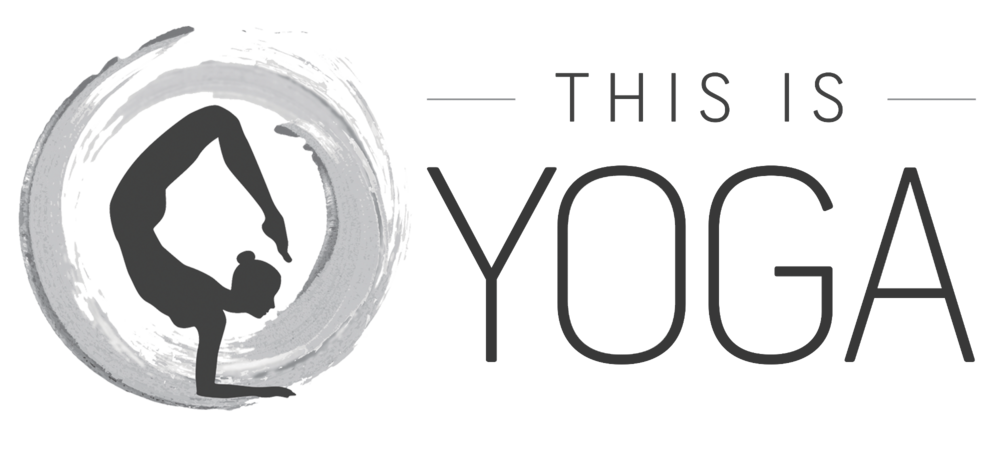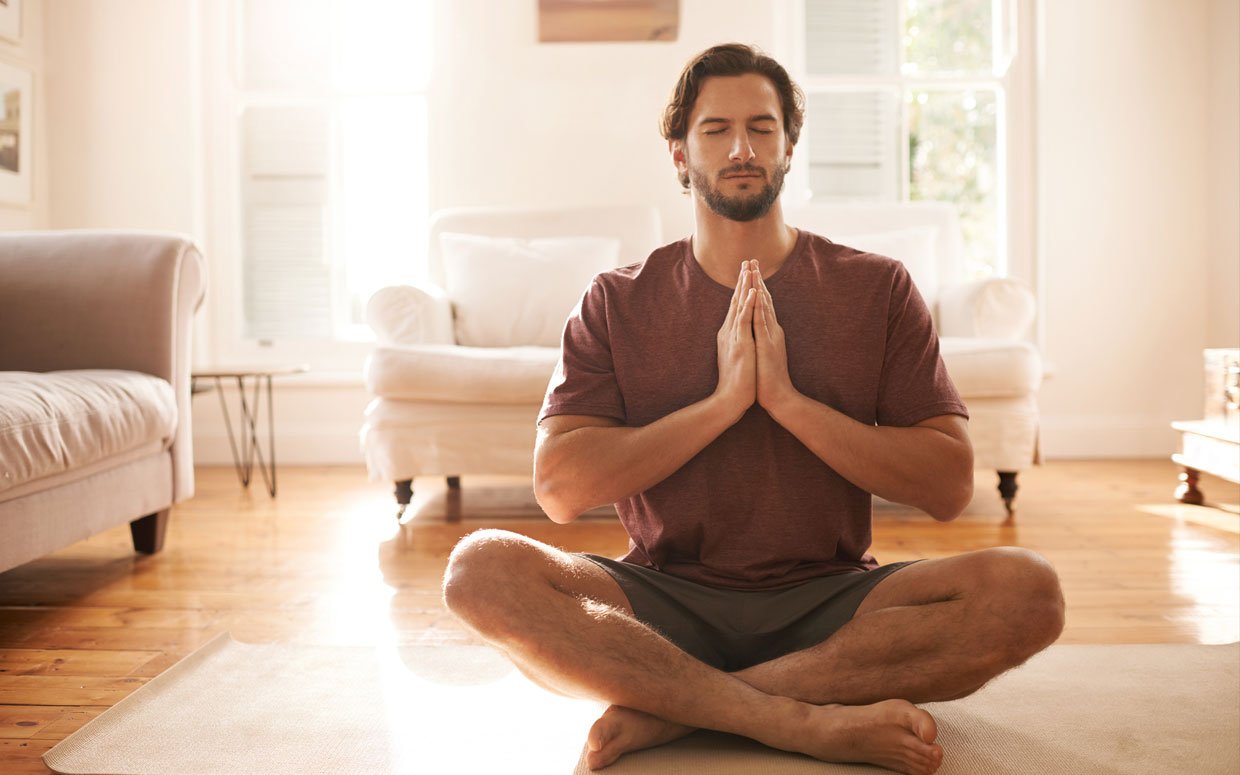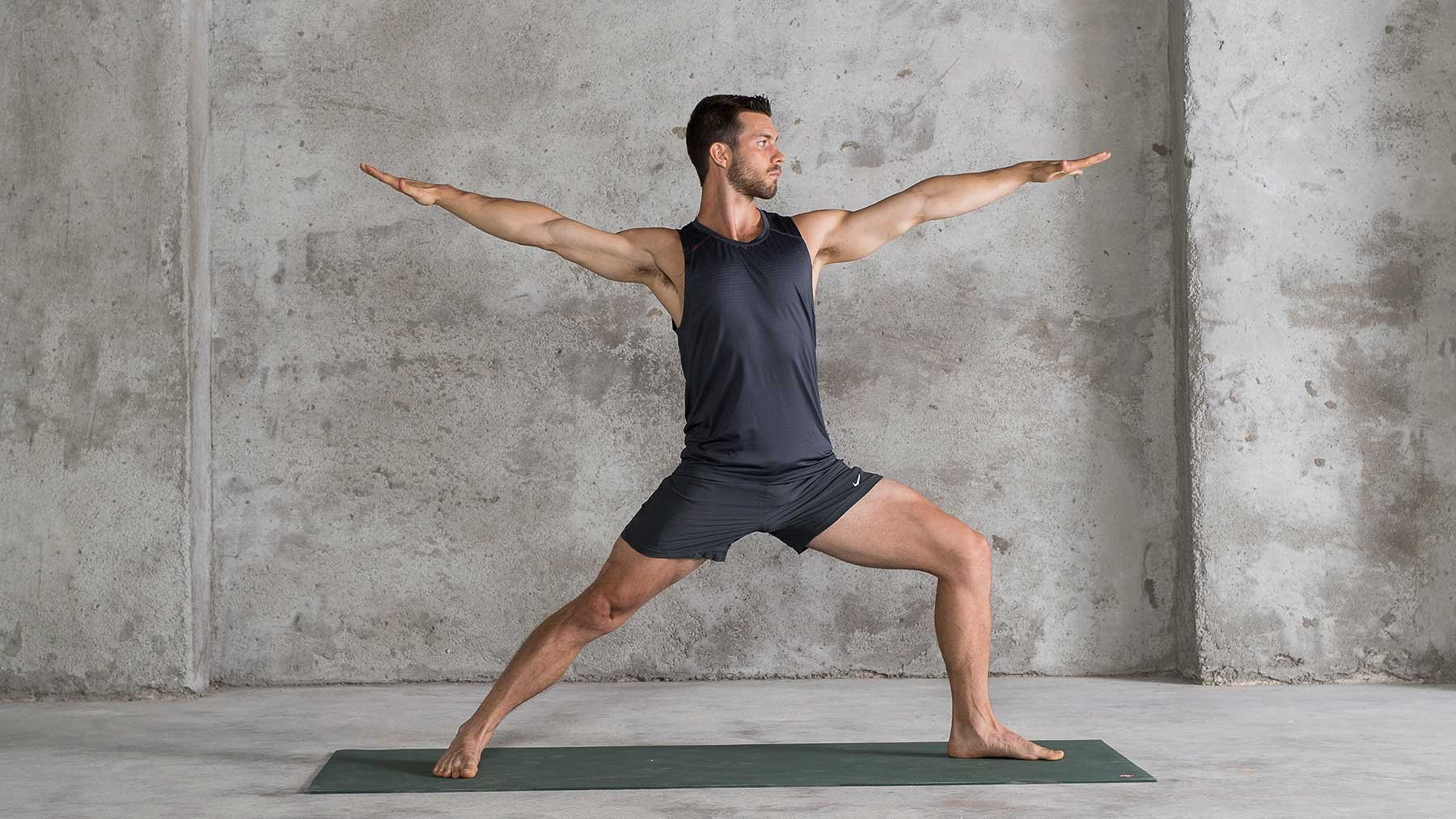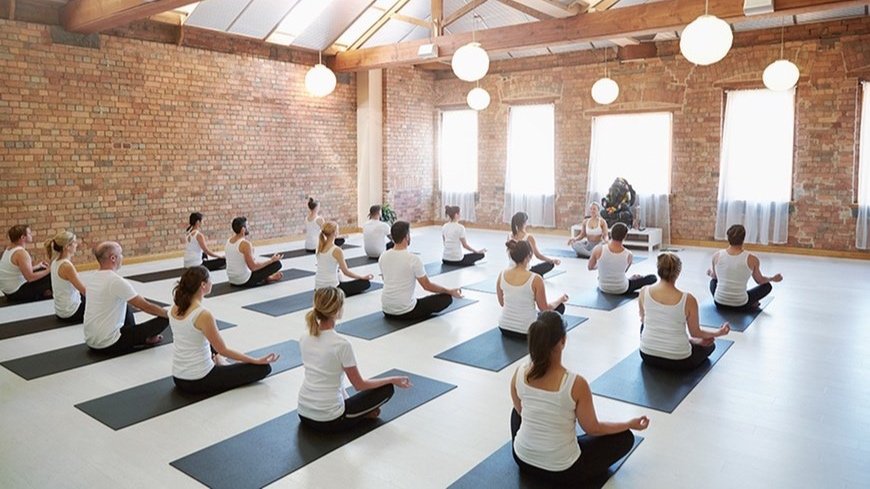If you’ve ever felt like you need a little more balance in your life, Ayurvedic practices might help. Ayurveda is an ancient and all-inclusive medical system rooted in prevention and achieving more balance mentally, physically, and spiritually. While there’s a lot that goes into Ayurvedic living, gaining a better understanding of the history, Ayurveda body types (aka, Doshas), and the Ayurvedic diet is a great place to start. Up ahead, we tap an Ayurvedic specialist to learn more about a beginner-friendly approach to Ayurveda, including what the different Dosha types are and how to follow an Ayurvedic diet.
Ayurveda is an ancient science and preventative healthcare tradition that originated in India 2,000-5,000 years ago. According to Silcox, the traditions were originally passed on orally, so it’s difficult to trace exactly when it was first practiced. And, like many Indigenous medical systems, Ayurveda is a combination of different cultural healthcare practices. “We have evidence that Ayurveda-practicing Indians were sharing insights with the Chinese, Greeks, Egyptians, and even Europeans,” Silcox explains. “So, in this light, we can think of Ayurveda as a global medicine and philosophy of life that enables us to connect with nature and the holistic system of our entire body, mind, and emotional complex,” she adds.
Silcox says that Ayurveda as a medical practice is different from conventional medicine practices we are familiar with in Western cultures because, “it sees the entire body, mind, and emotional experience as an intricate web of interdependency.” Additionally, Ayurvedic medicine is rooted in the understanding that, “all diseases have their origin in the digestive system and stress,” says Silcox. This means that sleep, diet, and energy maintenance are the primary forms of maintaining health in Ayurveda.
Another key facet of Ayurvedic medicine is spirituality, as Silcox says it’s considered a spiritual system. “The meaning of the word ‘health’ in Ayurveda is svastha, which means ‘being situated in your true self’ rather than the various personas and ego complexes that many of us live from,” Silcox explains.
WHAT ARE THE AYURVEDIC DOSHA TYPES?
In Ayurvedic medicine, people are divided up into three specific mind-body types that are ruled by certain elements called Doshas. The three Ayurvedic Doshas are Vata, Pitta, and Kapha. “We can understand Vata as the principle of air, or movement and degeneration in the body,” says Silcox. “Pitta is fire, or the metabolic processes in the body, and Kapha is earth and water, or the stabilizing and building functions in the body,” she adds. “In this way, every single cell in your body is made up of movement, metabolic activity, structure, and function.”
We are technically made up of all three Ayurvedic Doshas, however, Silcox says we all tend to express one specific type of Dosha over the other. “The importance of the Doshas cannot be underestimated,” says Silcox. “We not only want to understand our own mind and body type and the qualities that make us unique, but we can also [want to] understand the entire world through the lens of these Doshas,” she adds, noting how geography, seasons, time of day, and all life experiences have Dosha qualities, too.
To determine which Dosha you express the most, you can visit with an Ayurveda practitioner for an evaluation, or take an online Dosha quiz, which asks you questions about your bone structure, skin, favorite climate type, body temperature, sleep, mind, learning habits, and more.
VATA DOSHA
As Silcox mentioned, the Vata Dosha is connected to the air element. In fact, the word Vata means “wind” in Sanskrit. Some qualities of a Vata Dosha include cold, dry, and light. Those who express more Vata are typically active, creative, and have bubbly personalities with more slender body types. These are the types of people who are great at multi-tasking, quick learners, and kind-hearted.
KAPHA DOSHA
The Kapha Dosha is connected to earth and water and its characteristics include stability, softness, and cold. Those who express more Kapha typically have a body type that is strong and curvaceous, and they might have trouble with weight management. These are the types of people who are empathetic, wise, patient, caring, and a good support system for anyone and everyone in their lives.
PITTA DOSHA
The Pitta Dosha is all about the fire element and is connected to the summertime, as it’s a hot and sticky season—just like Pitta. Those who express more Pitta have a muscular body type and tend to be on the athletic side of the spectrum. They’re great at goal-setting, competitive, and determined, and they also tend to be quick learners, success-driven, and tenacious.
HOW TO EAT AN AYURVEDIC DIET FOR YOUR DOSHA TYPE
Ayurveda looks at all aspects of human life (down to oral care!) to optimize health. That means diet is a major part of Ayurvedic medicine. The Ayurveda diet is all about bringing balance to the body through foods that harness different types of energy to promote overall well-being—and the Doshas play a big part in the methodology. To follow the Ayurvedic diet, look at your specific body type —or your most expressed Dosha—to determine which types of foods will harmonize and balance your health. But, in addition to that, there are some overall general practices to consider, too.
“The best Ayurvedic diet is one that incorporates local and seasonal foods that are Indigenous to the land that you live on,” says Silcox. “Fresh fruits and vegetables, high-quality fats like ghee, olive and coconut oil, nuts, seeds, meats of high-quality, whole grains, and beans, as well as the appropriate spices and cooking methodologies to make food as digestible and easy on your body as possible are all important elements of eating Ayurvedically,” she adds.
Once you know what your Dosha type is, you can look at different foods through the Ayurvedic lens to determine what will balance your system. “We want to make sure that if we have a lot of air in our systems [aka, the Vata Dosha], we aren’t eating foods that exacerbate more air like dry toast, popcorn, raw foods, salads, or granola bars,” Silcox explains. In a similar light, if you express more Pitta with fire in your system, you want to “avoid foods that are inflammatory.” And, those with more Kapha or water and earth elements, want to make sure to avoid foods that are “heavy and damp like cheese, wheat, and meat.”
Some of the key benefits of the Ayurvedic diet include the promotion of eating whole foods, eating seasonally, and being mindful about the types of foods that make you feel less grounded or more sluggish, depending on your Dosha type. Additionally, the Ayurvedic diet focuses on digestion and cooking methods that are rooted in optimizing digestion.
THE TAKEAWAY
If you’re looking to adopt a healthy lifestyle that feels holistic and all-encompassing, incorporating Ayurvedic practices into your wellness routine may have some benefits. Because the natural system of medicine looks at all aspects of life to optimize health and includes many practices that are considered beneficial—such as eating whole foods and moving the body through meditative exercises like yoga—adopting Ayurvedic methods and principles can help you establish healthy practices in an effective and habitual way.






